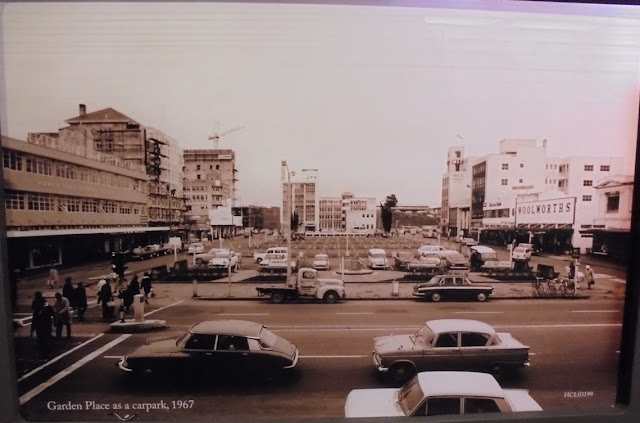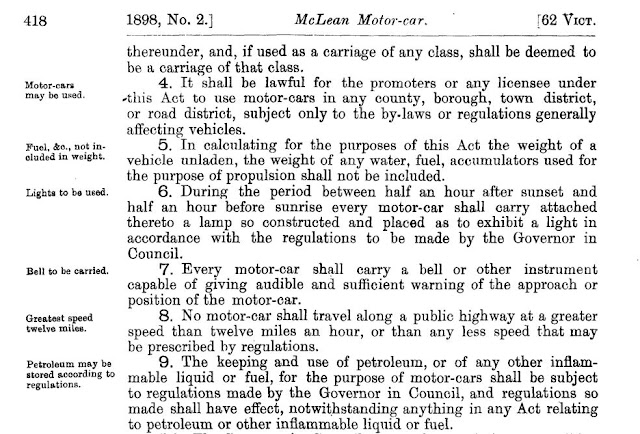Overlay of the camp areas, on 1940 aerial of the racecourse.
1940
September
1st Battalion, Auckland Regiment, have daily parades from their homes to the racecourse for training. Avondale (1st Field Regiment, NZA) one of three training centres in Auckland, the others being part of Ellerslie and Carlaw Park.
A group of young women called the Independent Younger Set assisted in the canteen at the racecourse during the training programme. This was a group of young women from Remuera, led by Helen Staveley, which formed in May 1940 with the aim to help all charities, in particular the Metropolitan Patriotic Society, and the Red Cross. They appear to have dropped below the radar from October 1940, a month after Staveley left the organisation.
October
1st Field Company, NZ Engineers, used the course for training. They engaged in bridge-building exercises across the Whau River, and advertised that they would build bridges on private property within 20 miles of Auckland if “any patriotic owner” either supplied all materials, or required timber to be felled and sawn and ready to lend for such training purposes. They cut down pine trees at Waikumete Cemetery for this purpose. By 26 October, it was reported that several bridges were being built.
December
Officers and non-commissioned officers of the 22nd Field Company, NZ Engineers, camped at Avondale, 1-29 December.
1941
January
Women’s National Service Corps under canvas at Avondale 29 Dec-7 January. This was the first camp for women trained in war service. 150 attended.
February
Weekend camp on Feb 1, 1st Battalion, Auckland Regiment. A cookhouse, ablutions block and “lean-to for vegetables” are constructed.
March
NZ Engineers officers’ camp. Gave demonstrations of bridge demolition to the Independent Mounted Rifles Squadrons at Avondale and Parau.
May
Three month intensive training course begins for new members of the Territorials for home defence service. An overflow camp established at Avondale. A roadway is constructed behind the grandstands due to increase vehicular traffic from Ash Street.
Another intake of 180 men in July. Heavy rain caused most to abandon their tents and return home.
July
Construction of the camp begins. A roadway was built between the main stand and Ash Street using scoria. Footpaths were constructed using ash carted in from the King’s Wharf power station and the Auckland Gasworks.
August
Avondale Jockey Club approach Ellerslie for permission to use their course. Ellerslie agrees by 16 August. The September meeting is the first Avondale hold at Ellerslie.
1943
March
POW holding camp established at Avondale, in the wake of the shooting incident at Featherston. This was replaced by the Workers camp from January 1944.
June
Establishment of temporary (one month) US Forces camp at Avondale Racecourse (700 men), while the MOB 6 hospital was being built.
September
Transit camp for naval personnel established at Avondale on portion of the Army camp.
1944
January
Works Department camp set up at Avondale, due to housing shortage in Auckland but a need for workers in essential industries. First draft of 50 single Maori men from Rotorua arrived 3 January, and were housed west of the main grandstand near the racetrack. By the end of February the number housed at the camp was 90, with another 20 expected in early March. By early 1945 151 men were housed there, and was enlarged that year for a further 80 men, taking over the former POW holding area.
Eventually the Workers Camp encompassed 3.5 acres, including 122 huts, two mess rooms, recreation hall, cook house, vegetable preparation room, washhouse, latrines, shower block and administration building.
Each hut had electric light, separate dining facilities provided with contract catering. A large recreation hall was completed by March, the Maori War Effort Organisation handling “the social side of the camp life.” The men were taken to Westfield each morning in trucks, and returned in the evening. They worked in the freezing works primarily, but also phosphate works and New Lynn tanneries and brickworks.
During 1944 and early 1945, three more such camps were established – at Helvetia near Pukekohe (Maori single women), Waikaraka Park at Onehunga (European single men) and Pukekohe (European single women). Two were run by the PWD (inc Avondale), one by the Agriculture Department and one by the Internal Marketing Department. Overall supervision was by the National Service Department, then (after the war) the National Employment Service.
December
At this point, Avondale camp was just occupied by the Army, and the PWD.
1945
February
Until the schools’ playgrounds were cleared of debris and rocks, the racecourse was used by Avondale Technical and Intermediate students.
March
Auckland City Council begin negotiations to buy racecourse land off Racecourse Parade and at western end by Whau River for recreational purposes. This was acquired by the end of the year, and a lease agreement arranged for central paying areas on the course.
16 July
Army vacates the racecourse.
Jockey Club puts in £15,422 claim for compensation. Agrees to accept £6000 cash plus some buildings (two mess halls, a recreation hall, and a cottage at the back of the tote building), and repairs to fences, latrines, stables, horse stalls, tote building, turnstiles and ticket boxes, outside stand, lawn grandstand, judges box, jockey’s board, steward’s stand and casualty room totalling £7500. Claim split between PWD and the Army.
October
The YMCA hut was sold by tender.
1946
June
The Minister of Defence apparently thought that the Jockey Club’s compensation claim was high, based on the fact that they derived a profit from racing at Ellerslie during the warm, and didn’t donate said profits to patriotic purposes. However, during the camp occupation, the Club paid all rates on the property to Auckland City Council. In a memo on file, the PWD reminded everyone that under the Defence Emergency Regulations, the Club was entitled to fair compensation for any necessary restoration regardless of any profits the Club made while at Ellerslie. The PWD agreed with the Club that all monetary compensation claims were to be waived, in return for receiving buildings valued at just over £4000. This was to save the use of labour during the post-war labour and materials shortages.
July
Plans begin to shift the workers camp out.
December
Work completed in preparing the new Mangere workers camp, to replace Avondale.
1947
8 February
The workers camp at Avondale is evacuated. The Club contended that a portion of outstanding water rates was owed by the PWD for the Workers camp, and they asked for additional compensation of more huts. As at August that year, the issue had yet to be resolved.
Sources:
Official History of the Public Works Dept, Archives NZ files, Papers Past articles and parliamentary papers.
Sources:
Official History of the Public Works Dept, Archives NZ files, Papers Past articles and parliamentary papers.














































